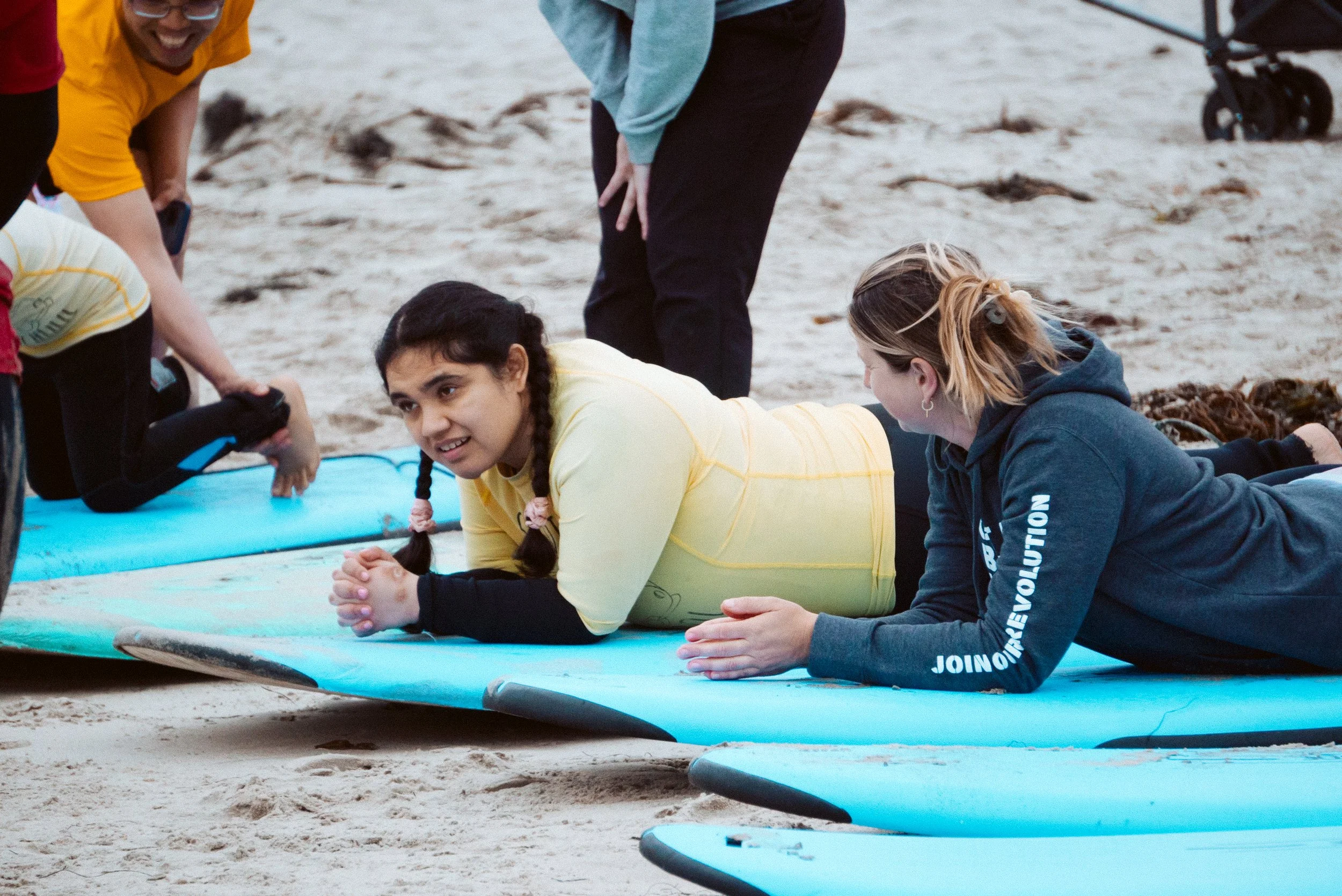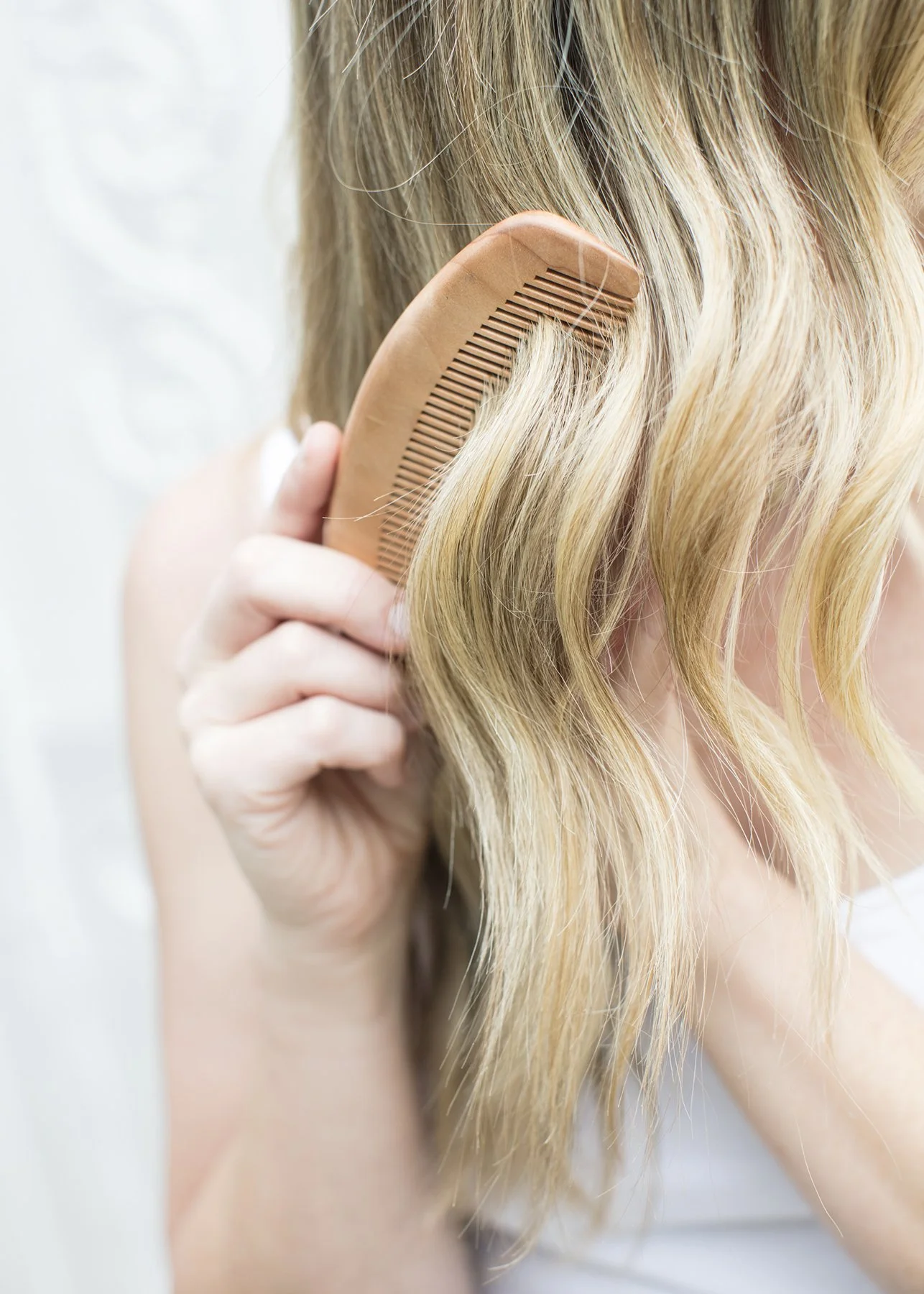Intentional Motor Patterns for Autistic Individuals: Strengthening the Mind-Body Connection
By Jessica Jordan, MS. OTR/L
What Are Intentional Motor Patterns?
Intentional motor patterns are deliberate, focused movements that engage both the mind and body in a purposeful way. These exercises aren’t about mindlessly going through the motions—they are about being fully present, making every movement count, and building a strong, efficient connection between the brain and the muscles.
For autistic individuals, this kind of mindful movement offers several key benefits:
Improved coordination: Targeted motor patterns help to develop and refine motor skills, supporting better coordination and body control.
Sensory integration: Each movement offers sensory input that can help with processing and responding to sensory stimuli.
Strengthening the mind-muscle connection: Focusing on intentional movements helps enhance brain-body awareness, which can be beneficial to create more meaningful neural pathways.
Workouts That Strengthen the Mind-Muscle Connection
Certain workouts are particularly effective in promoting intentional motor patterns and strengthening the mind-muscle connection. Here are some examples:
Resistance Training: Whether using weights, resistance bands, or bodyweight exercises, resistance training offers focused movement that targets specific muscle groups. This type of workout encourages individuals to slow down and focus on proper form, fostering a deeper connection between mind and body. We love resistance training because as OTs we an grade an exercise up or down to find that ‘just right challenge’ for our clients!
Yoga and Pilates: Both yoga and Pilates are known for their emphasis on controlled movements and breathwork. These practices promote mindfulness and body awareness, with each posture and movement encouraging individuals to pay attention to the alignment, stretch, and muscle engagement. Yoga can really take the work out of breathing when we can Automatically pair our breath to movement and for this reason and many others we LOVE yoga!
Functional Movement Exercises: Activities that mimic real-life movements (such as squatting, lifting, or reaching) help develop motor patterns that are both practical and beneficial for overall body mechanics. These exercises can be particularly helpful for individuals working on coordination and strength.
Dance or Rhythm-Based Exercise: Whether through structured dance routines or free-form movement, rhythm-based exercises like dancing offer a sensory experience while building muscle memory and coordination. The repetitive motions of dance help reinforce intentional motor patterns, making it both a fun and functional workout. Auditory input with a rhythmic component is so organizing for our CNS (central nervous system).
Balance Training: Exercises that challenge balance—like standing on one leg, using a balance board, or engaging in stability ball exercises—help promote body awareness and proprioception. These movements require individuals to focus on subtle shifts in weight and muscle engagement, enhancing coordination and strength. Balance activities can be so tricky for many of the clients I support because it is involving our vestibular system which is complex. Our vestibular system is taking in information from our visual system and integrating it with movement from our bodies which shifts the fluid within the small organs in our ears.
Sensory Input Through Movement: A Natural Fit for a Sensory Lifestyle
For many autistic individuals, sensory experiences are a big part of daily life. Sensory input can be overwhelming or, at times, soothing, depending on the type and intensity of the stimuli. Exercise, when thoughtfully structured, can provide intentional sensory input that fits into an individual’s sensory lifestyle.
Workouts like those mentioned above offer a controlled, predictable way to engage the senses. The proprioceptive feedback from resistance training, the rhythmic input from yoga or dance, and the kinesthetic awareness from balance exercises are all forms of sensory input that can be beneficial for individuals with sensory processing differences. These activities can be woven into a sensory-friendly routine, offering a balanced approach to sensory regulation and emotional well-being.
Take Home Points
If you didn’t get the opportunity to read everything in this blog, leave with this:
Intentional motor patterns and workouts are more than just physical exercises for the autistic population—they are a gateway to enhancing sensory integration, improving coordination, and strengthening the mind-muscle connection.
Movements provide sensory input, a significant component of creating a sensory lifestyle.
Find a workout that interests YOU or your autistic loved one, it’s never too late to try something new and build new pathways!
Helpful Links
If you found this post helpful, you’ll love our therapy resources! Whether you’re a parent or therapist, our apraxia and autism courses are here to offer practical tools, compassionate guidance, and real-world strategies you can use every day.
👨👩👧👦 For Parents & Caregivers: Autism Training | Online Course for Parents and Caregivers
🧑🏫 For Therapists: Therapist Course for Apraxia and Autism | Mentorship for OTs and Therapists
🏥 Work With Us: In-Person Occupational Therapy (San Diego & Long Beach Areas) | Virtual Coaching





